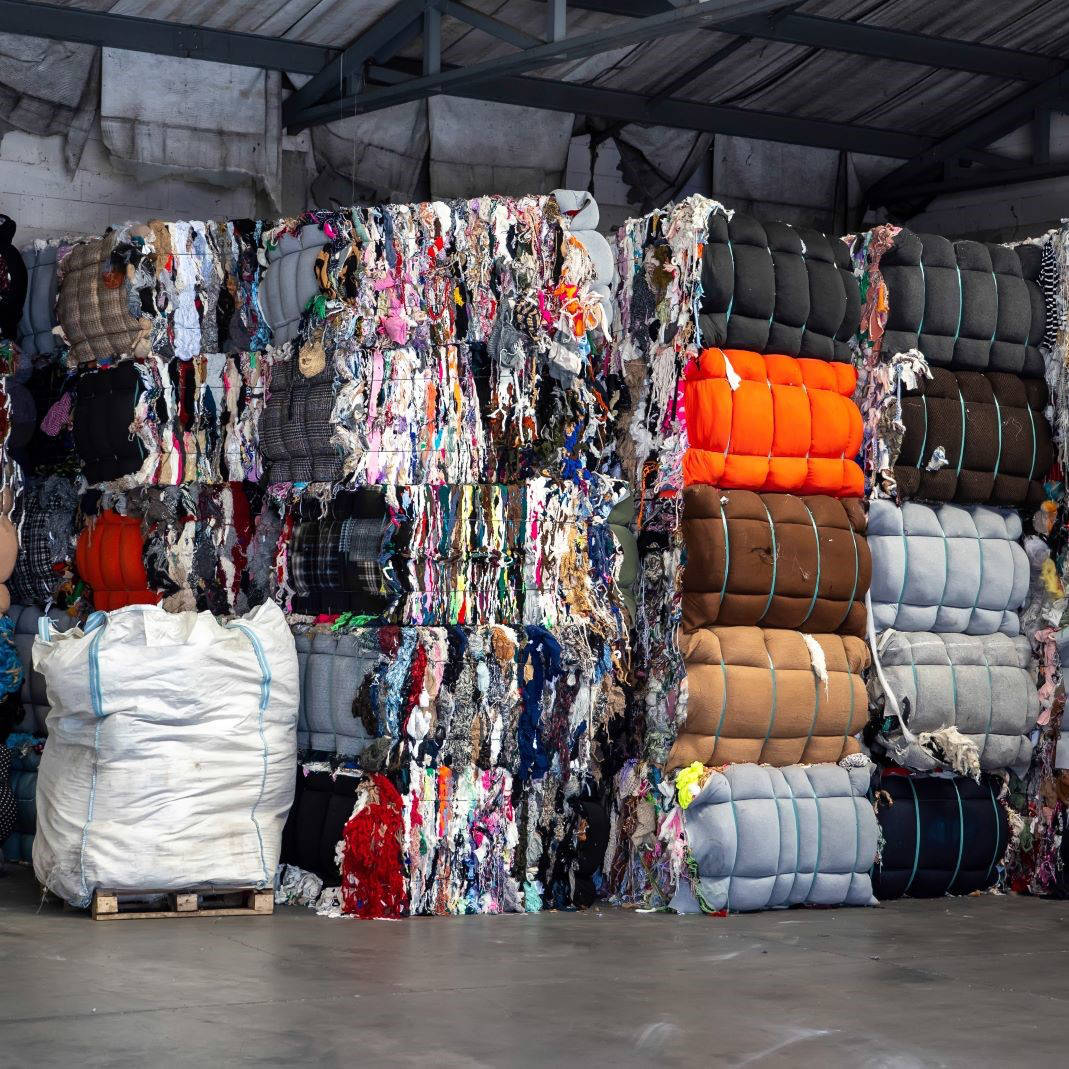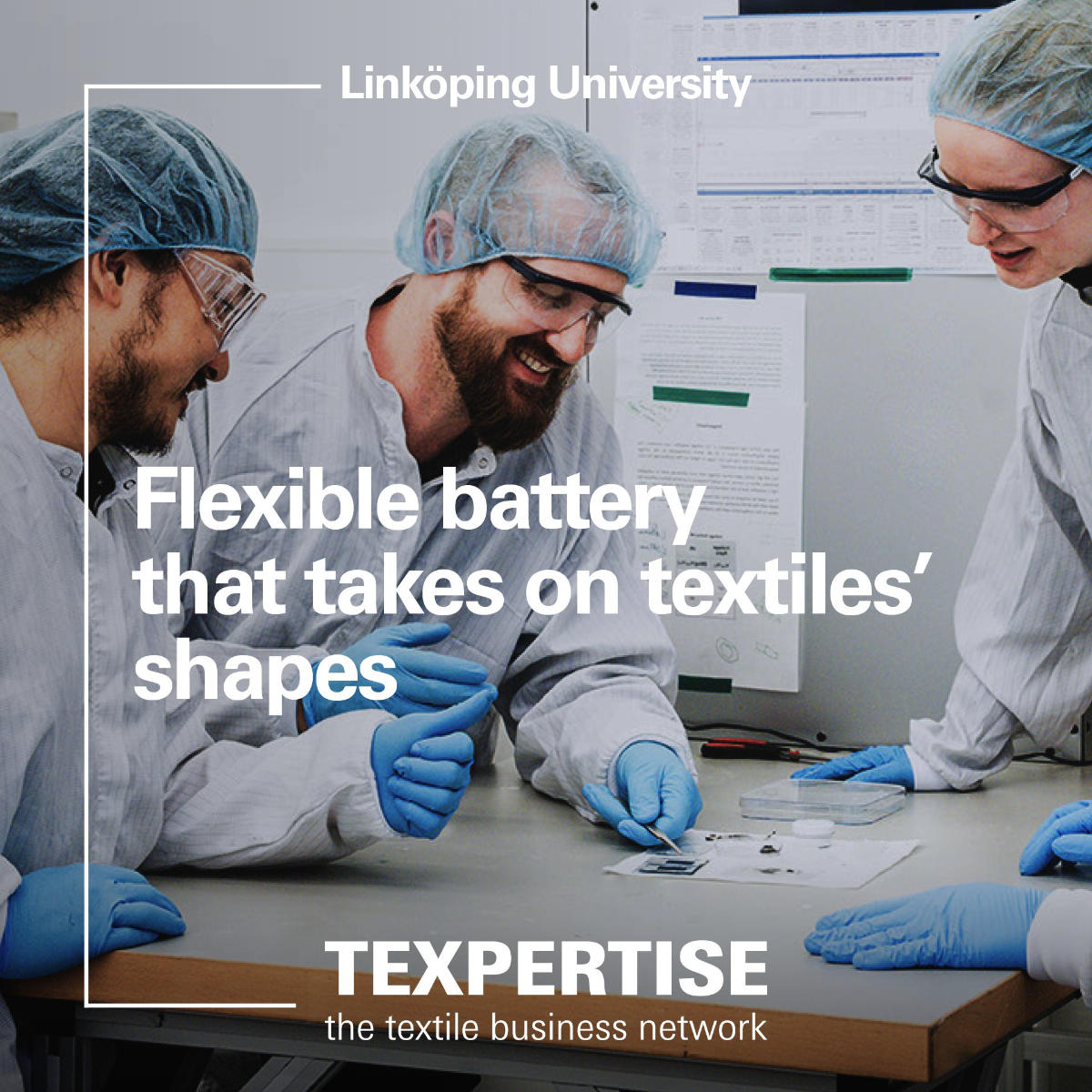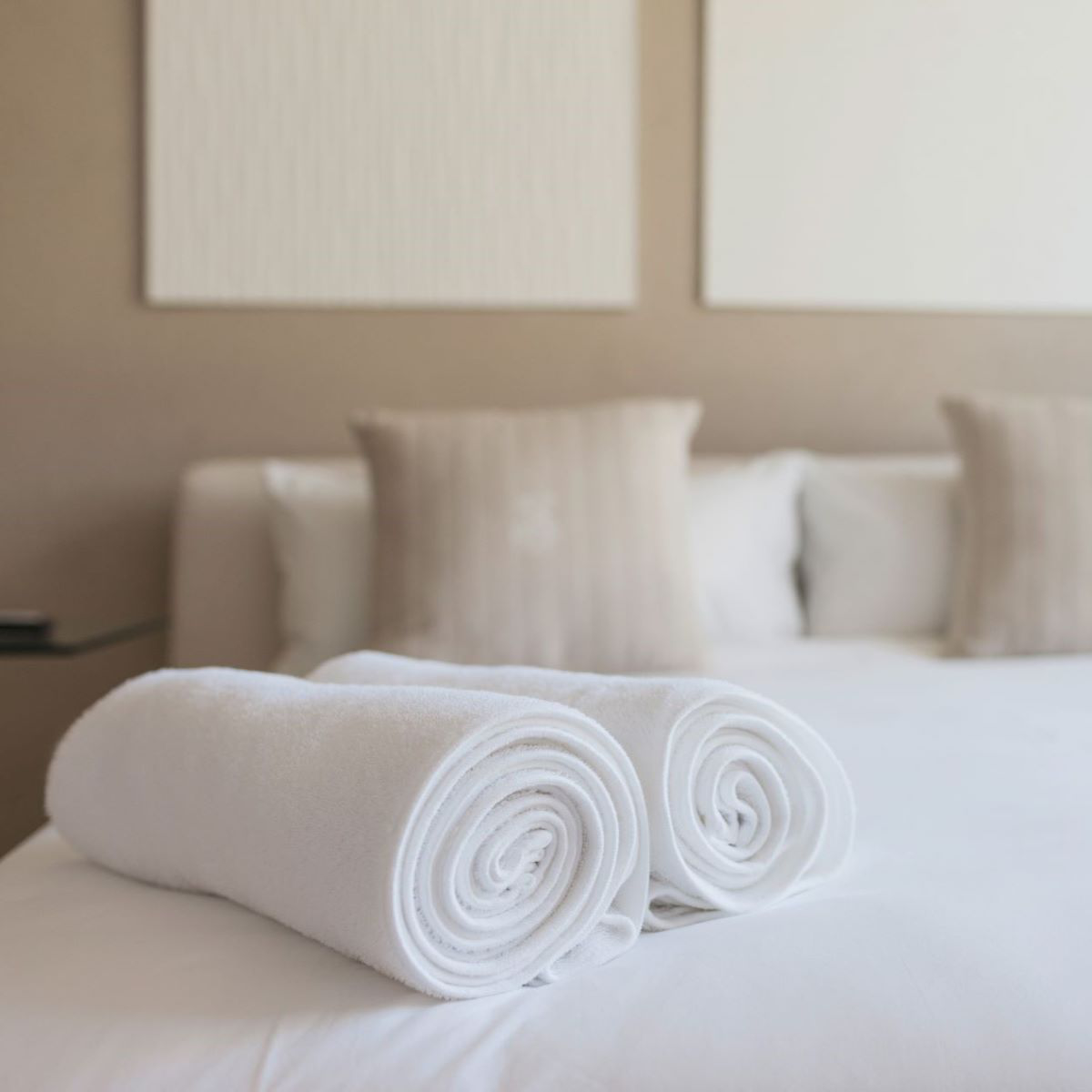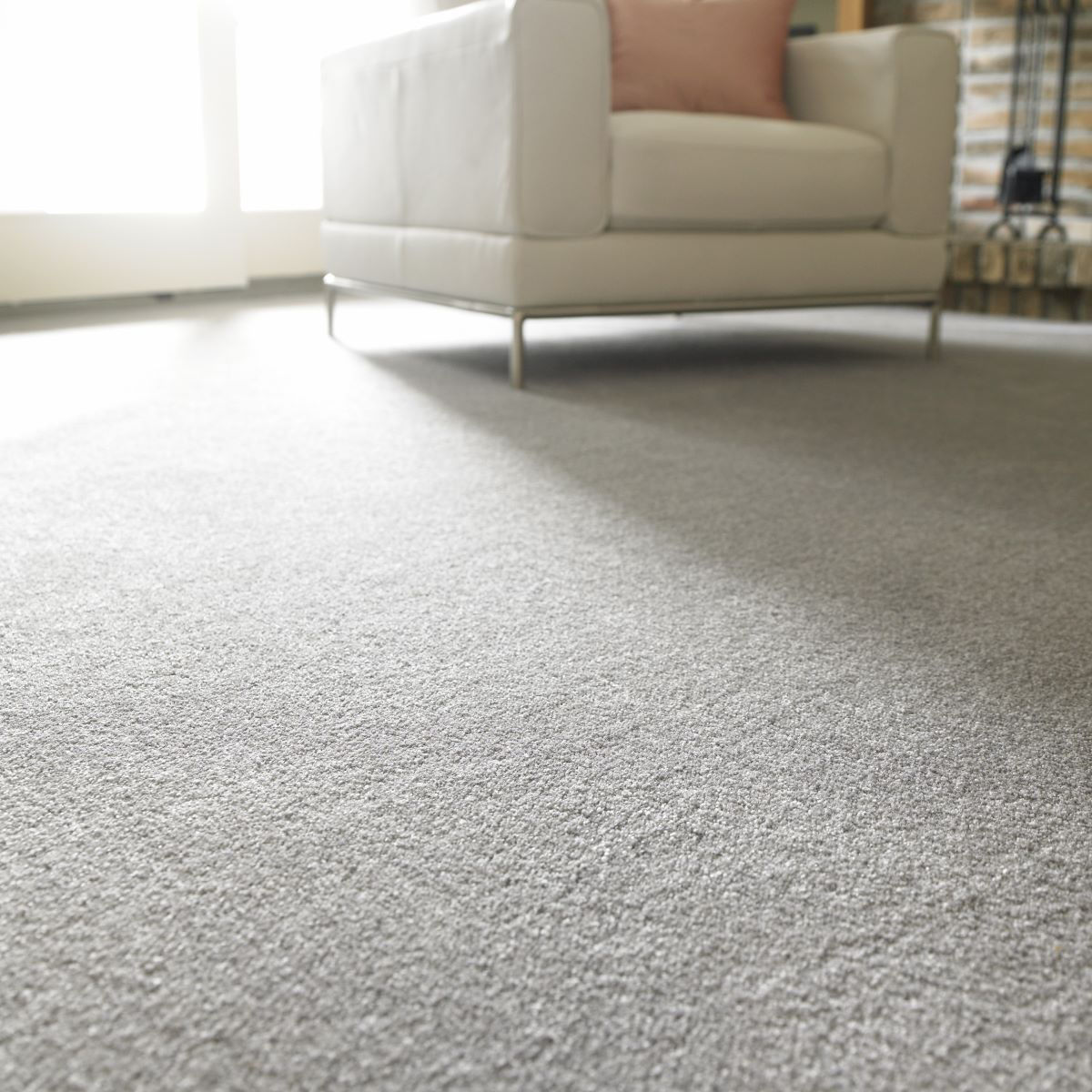Reading time: 2 minutes
Textile hygiene concepts in medical settings
In healthcare, hygiene is of the highest priority. Hospitals, care facilities and medical practices are tasked with breaking infection chains effectively – while protecting patients, staff and visitors alike. For interior designers and fitters, the key question is which textile solutions combine antimicrobial properties with a high standard of design.
Antimicrobial curtains: material options and areas of application
In medical environments, people are regularly exposed to pathogens. Transmission can also occur via surfaces and textiles – including:
- Curtains in patient rooms
- Privacy curtains in examination areas
- Visual barriers in waiting rooms and corridors
Antimicrobial textiles help reduce the microbial load in these areas. Materials are used that inhibit the growth or reproduction of microorganisms such as bacteria or viruses – either actively or by creating unfavourable microclimatic conditions on the surface.
Textiles with silver ions, copper and polymer technology
Depending on the method, antimicrobial properties are achieved in different ways. Members of the Texpertise Network, among others, use the following technologies:
- Silver ion technology: Silver has antimicrobial properties and destroys the cellular structures of microorganisms. The particles can be permanently embedded in the fibre and remain effective even after multiple wash cycles.
- Copper-based compounds: Like silver, copper has antimicrobial and antifungal properties. When integrated into yarns, it provides additional protection against pathogenic microorganisms.
- Polymer-based coatings: Chemical finishes prevent microorganisms from adhering to the surface. The effect remains intact even after frequent laundering.
- Quaternary ammonium compounds: These attack the cell membrane and are used in various coating systems.
Function and relevance in clinical practice
The use of antimicrobial curtains supports hygiene management on several levels. Studies have shown that curtains are an underestimated transmission surface for nosocomial infections (infections acquired in hospital). Using functionalised fibres or coatings can reduce this risk – provided their effectiveness is durable and resistant to laundering.
The challenge for manufacturers lies in developing products that withstand daily wear – including mechanical stress, chemical disinfection and thermal washing. Effective antimicrobial textiles not only reduce infection risks, but can also help limit the use of disinfectants and slow the development of microbial resistance.
Conclusion: antimicrobial curtains strengthen hygiene concepts in hospitals
Cleanliness and infection prevention are fundamental in healthcare. Textile surfaces – such as curtains – are often difficult to disinfect thoroughly. Curtains with antimicrobial properties offer significant advantages: they enable interior designers to integrate functional solutions that contribute directly to hygiene and patient safety.
FAQ – frequently asked questions
What makes a curtain antimicrobial?
Antimicrobial properties are achieved through functional additives or coatings. These may disrupt cell membranes or prevent microorganisms from adhering to the surface. Some technologies also inhibit enzymatic processes.
How do antimicrobial curtains support infection control?
By preventing bacteria and viruses from colonising the fabric surface, antimicrobial curtains help reduce the microbial load in patient areas – an important factor in lowering the risk of hospital-acquired infections.
Are customisable antimicrobial curtain systems available for hospitals?
Yes. Textile selection is based on the specific project – depending on room type, functional requirements and interior design. The market offers both standardised solutions and fully customisable curtain systems with certified antimicrobial performance.










